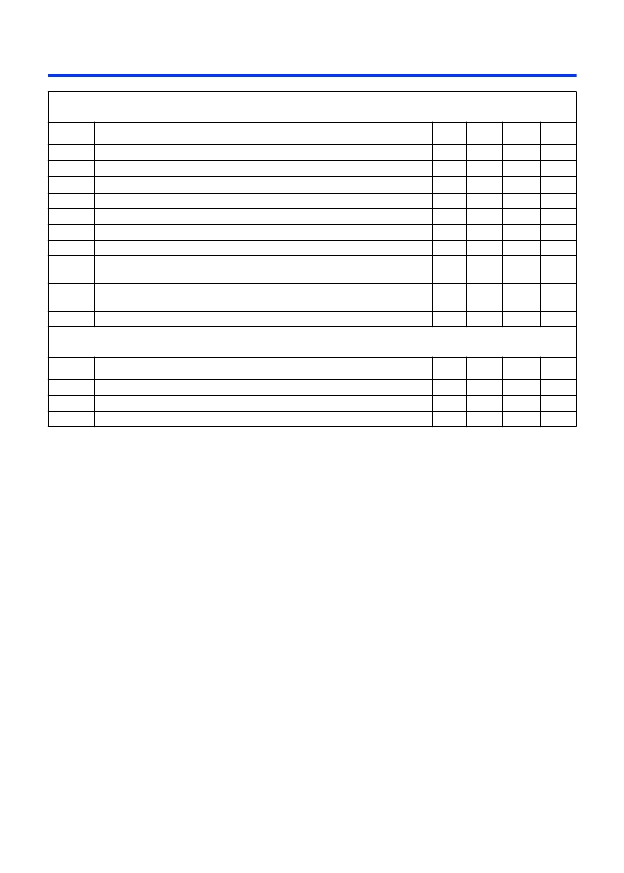- 您現(xiàn)在的位置:買賣IC網(wǎng) > PDF目錄377114 > FLEX10K (Altera Corporation) Embedded Programmable Logic Family PDF資料下載
參數(shù)資料
| 型號: | FLEX10K |
| 廠商: | Altera Corporation |
| 英文描述: | Embedded Programmable Logic Family |
| 中文描述: | 嵌入式可編程邏輯系列 |
| 文件頁數(shù): | 97/114頁 |
| 文件大小: | 1422K |
| 代理商: | FLEX10K |
第1頁第2頁第3頁第4頁第5頁第6頁第7頁第8頁第9頁第10頁第11頁第12頁第13頁第14頁第15頁第16頁第17頁第18頁第19頁第20頁第21頁第22頁第23頁第24頁第25頁第26頁第27頁第28頁第29頁第30頁第31頁第32頁第33頁第34頁第35頁第36頁第37頁第38頁第39頁第40頁第41頁第42頁第43頁第44頁第45頁第46頁第47頁第48頁第49頁第50頁第51頁第52頁第53頁第54頁第55頁第56頁第57頁第58頁第59頁第60頁第61頁第62頁第63頁第64頁第65頁第66頁第67頁第68頁第69頁第70頁第71頁第72頁第73頁第74頁第75頁第76頁第77頁第78頁第79頁第80頁第81頁第82頁第83頁第84頁第85頁第86頁第87頁第88頁第89頁第90頁第91頁第92頁第93頁第94頁第95頁第96頁當(dāng)前第97頁第98頁第99頁第100頁第101頁第102頁第103頁第104頁第105頁第106頁第107頁第108頁第109頁第110頁第111頁第112頁第113頁第114頁

Altera Corporation
97
FLEX 10K Embedded Programmable Logic Family Data Sheet
Notes:
(1)
To implement the ClockLock and ClockBoost circuitry with the MAX+PLUS II software, designers must specify the
input frequency. The MAX+PLUS II software tunes the PLL in the ClockLock and ClockBoost circuitry to this
frequency. The
f
CLKDEV
parameter specifies how much the incoming clock can differ from the specified frequency
during device operation. Simulation does not reflect this parameter.
During device configuration, the ClockLock and ClockBoost circuitry is configured before the rest of the device. If
the incoming clock is supplied during configuration, the ClockLock and ClockBoost circuitry locks during
configuration, because the
t
LOCK
value
is less than the time required for configuration.
The
t
JITTER
specification is measured under long-term observation.
Power
Consumption
P = P
INT
+ P
IO
= (I
CC
STANDBY
+ I
CCACTIVE
)
×
V
CC
+ P
IO
(2)
(3)
The supply power (P) for FLEX 10K devices can be calculated with the
following equation:
Typical I
CC
values are shown as I
CC0
in the òFLEX 10K 5.0-V
Device DC Operating Conditionsó table on pages 41, 44, and 46 of this
data sheet. The I
CCACTIVE
value depends on the switching frequency and
the application logic. This value is calculated based on the amount of
current that each LE typically consumes. The P
IO
value, which depends
on the device output load characteristics and switching frequency, can be
calculated using the guidelines given in
Application Note 74 (Evaluating
Power for Altera Devices)
in this data book.
Table 21. ClockLock & ClockBoost Parameters (Part 1 of 2)
Symbol
Parameter
Min
Typ
Max
Unit
t
R
t
F
t
INDUTY
f
CLK1
t
CLK1
f
CLK2
t
CLK2
f
CLKDEV1
Input rise time
2
ns
Input fall time
2
ns
%
Input duty cycle
45
55
Input clock frequency (ClockBoost clock multiplication factor equals 1)
30
80
MHz
Input clock period (ClockBoost clock multiplication factor equals 1)
12.5
33.3
ns
Input clock frequency (ClockBoost clock multiplication factor equals 2)
16
50
MHz
Input clock period (ClockBoost clock multiplication factor equals 2)
20
62.5
±
1
ns
Input deviation from user specification in MAX+PLUS II, (ClockBoost clock
multiplication factor equals 1), Note (1)
MHz
f
CLKDEV2
Input deviation from user specification in MAX+PLUS II, (ClockBoost clock
multiplication factor equals 2), Note (1)
±
0.5
MHz
t
INCLKSTB
Input clock stability (measured between adjacent clocks)
100
ps
Table 21. ClockLock & ClockBoost Parameters (Part 2 of 2)
Symbol
Parameter
Min
Typ
Max
Unit
t
LOCK
t
JITTER
t
OUTDUTY
Duty cycle for ClockLock or ClockBoost-generated clock
Time required for ClockLock or ClockBoost to acquire lock, Note (2)
10
μ
s
ns
Jitter on ClockLock or ClockBoost-generated clock, Note (3)
1
40
50
60
%
相關(guān)PDF資料 |
PDF描述 |
|---|---|
| FLEX10KA | Embedded Programmable Logic Family |
| FLEX10KE | Embedded Programmable Logic Family |
| FLEX6000 | Programmable Logic Device Family |
| FLEX8000 | PROGRAMMABLE LOGIC DEVICES FAMILY |
| FLL120MK | L-Band Medium & High Power GaAs FET |
相關(guān)代理商/技術(shù)參數(shù) |
參數(shù)描述 |
|---|---|
| FLEX10K_03 | 制造商:ALTERA 制造商全稱:Altera Corporation 功能描述:Embedded Programmable Logic Device Family |
| FLEX10KA | 制造商:ALTERA 制造商全稱:Altera Corporation 功能描述:Embedded Programmable Logic Family |
| FLEX10KE | 制造商:ALTERA 制造商全稱:Altera Corporation 功能描述:Embedded Programmable Logic Device |
| FLEX110 | 功能描述:開發(fā)板和工具包 - PIC / DSPIC Multibus Pack RoHS:否 制造商:Microchip Technology 產(chǎn)品:Starter Kits 工具用于評估:chipKIT 核心:Uno32 接口類型: 工作電源電壓: |
| FLEX111 | 功能描述:開發(fā)板和工具包 - PIC / DSPIC Fasttrack suite RoHS:否 制造商:Microchip Technology 產(chǎn)品:Starter Kits 工具用于評估:chipKIT 核心:Uno32 接口類型: 工作電源電壓: |
發(fā)布緊急采購,3分鐘左右您將得到回復(fù)。